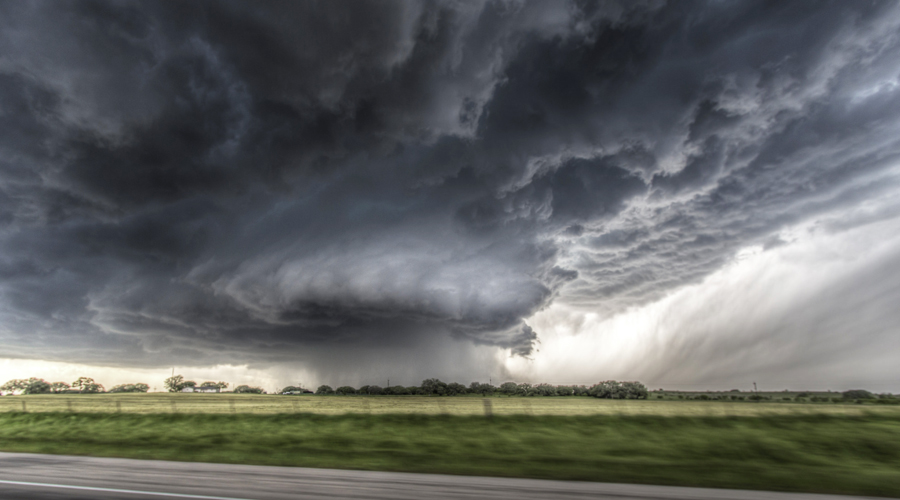Lake Travis is 78% full today.
The Lake Travis water level is currently at 666.41 feet. And although it’s not by much … it’s better than the historical October average of 664.07.
The painful days of low lake levels hovering below 620 feet seem to be behind us for now. Sure, you still have to conserve water where you can and be smart about usage, but for the most part, life on the lake is happily buzzing once again.
In mid-May, wet weather delivered inches of rain in mere hours. Yes, lakes were filling up, but in exchange for the gift of rain from Mother Nature, disastrous flooding devastated homes, businesses, communities and even worse, lives were lost.
This past weekend you heard the familiar sound of raindrops pitter-pattering on your rooftop once again with cooler temps and flash flood warnings on the news.
If you ask the experts — meteorologists and climatologists — this weather is a direct result of El Niño and it’s gathering strength to bring a very cold and wet winter.
What is El Niño?
El Niño is a weather phenomenon defined by prolonged warming of the sea surface temperatures in the east-central tropical Pacific Ocean.
When this warming happens for 7-9 months or longer, you see El Niño conditions. El Niño is accompanied by high air pressure in the western Pacific and low air pressure in the eastern Pacific.
The far-reaching global effects of El Niño are vast. For example, El Niño produces nutrient-poor water which negatively impacts large fish populations, which in turns hurts sea bird populations and that impacts fishing industries and farming industries world-wide.
If you look at historical El Niño data, the extreme weather produced by El Niño in 1876 – 1877 sparked one of the most deadly famines of the 19th century.
The 1876 famine in northern China alone killed nearly 13 million people.
More recently, an intense El Niño event in 1998 caused horrific flooding in California and the coldest and wettest winter on record in Texas. Due to the strength of El Niño that year, it killed an estimated 16% of the world’s reef systems.
What does El Niño mean for Texas?
During the El Niño effect, winters are warmer and drier than average in the Northwest, northern Midwest, and upper Northeast United States. But significantly wetter winters are present in northwest Mexico and the southwest United States, including central and southern California.
In Texas this winter, El Niño could create the perfect marriage of conditions that will produce lots of rain and cold winter storms. If the combination of moisture, a cold airmass and upper level energy unite at the perfect point, you could see cold fronts every few days.
Remember the Christmas Eve blizzard of 2009 in Texas?
What does El Niño mean for Lake Travis?
In addition to the wet weather in 1998, you may remember El Niño’s specific impact on Lake Travis years earlier in 1991. To prevent water from gushing over the spillway, five floodgates opened at Mansfield Dam. Prior to that, the most that had ever been opened were six gates during the floods in 1957. Both of these events occurred during a strong El Niño.
Currently, experts are watching for a significant collapse in trade winds that keep the ocean waters west of Peru cool. These winds could lesson El Niño’s power, but they’re weakening.
If the mass of warm waters in the Pacific Ocean continues to grow warmer and deeper, that gives El Niño more strength, which means more rain and cold for Texas — not only for the rest of 2015, but also into the spring of 2016.
Will Lake Travis reach 100% full any time from now until spring 2016? Join the conversation in the comments on Facebook.
Post image via Creative Commons, BrianKhoury on Flickr.
